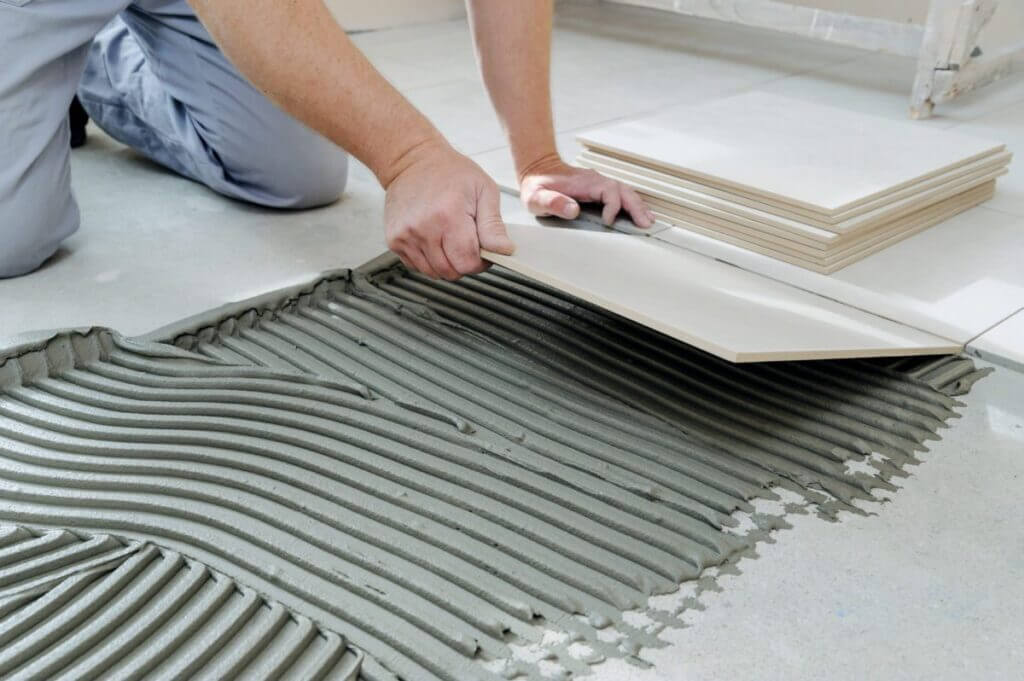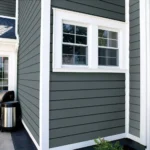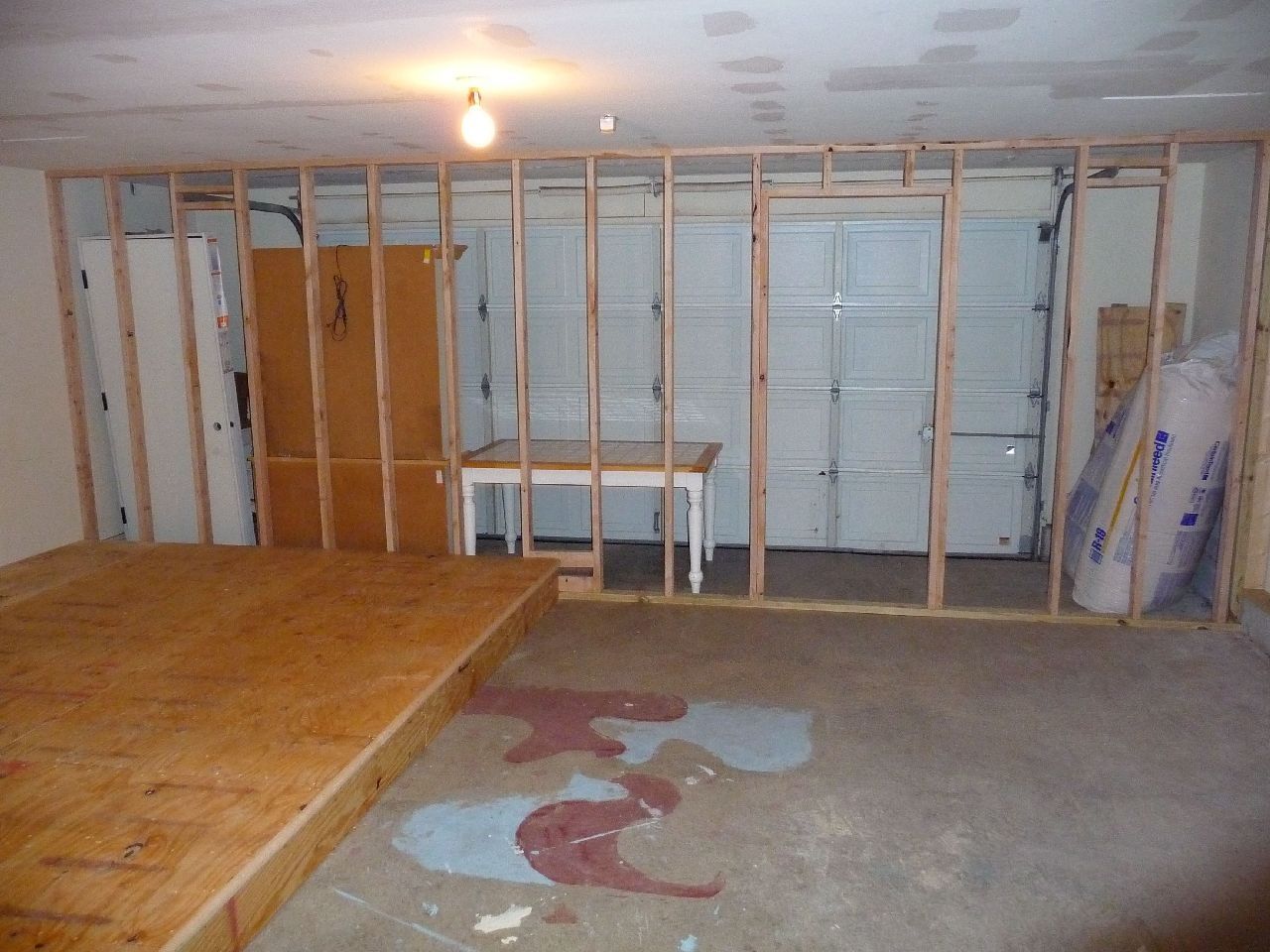When it comes to enhancing accessibility for individuals using wheelchairs, the right ramp can make all the difference. Wheelchair ramps not only provide a means of entry into buildings but also promote independence and safety.
With various options available, choosing the right type of ramp can feel overwhelming. This guide explores five common types of wheelchair ramps and offers insights on how to select the best one for your needs.

Content
1. Permanent Ramps
Permanent wheelchair ramps are constructed to be a lasting solution for accessibility. They are typically made of concrete, wood, or metal and are designed to withstand various weather conditions. These ramps are installed at homes or commercial properties and are ideal for users who require consistent access to a building.
Pros:
- Durability: Built to last, permanent ramps can handle frequent use and exposure to the elements.
- Customization: They can be designed to meet specific measurements and aesthetics of a property.
- Stability: Permanent ramps are securely anchored, providing a sturdy surface for users.
Cons:
- Cost: Installation can be more expensive than other options due to construction and materials.
- Space: They require ample space and may not be suitable for smaller properties.
When to Choose:
Consider a permanent ramp if you have a long-term need for accessibility and sufficient space for installation. This option is especially beneficial for residential homes or facilities with high foot traffic.
2. Modular Ramps
Modular ramps are prefabricated systems made from aluminum or steel that can be assembled on-site. These ramps are versatile and can be adjusted to fit various heights and lengths. They are ideal for temporary or semi-permanent solutions and can be relocated if needed.
Pros:
- Easy Installation: Modular ramps can be set up quickly and with minimal disruption.
- Flexibility: They can be reconfigured or relocated to meet changing needs.
- Cost-Effective: Generally less expensive than permanent ramps, especially for short-term use.
Cons:
- Aesthetics: Some modular ramps may not blend seamlessly with the home’s design.
- Less Stability: While sturdy, they may not feel as solid as a permanent installation.
When to Choose:
Choose a modular ramp if you need a flexible solution that can adapt to changing circumstances or if you require a ramp for a temporary situation, such as a short-term disability recovery.
3. Portable Ramps
Portable wheelchair ramps are lightweight, foldable, and designed for easy transport. They are typically made from aluminum or plastic and can be used for stairs, vehicles, and other uneven surfaces. Portable ramps are an excellent option for individuals who travel frequently or need a temporary solution.
Pros:
- Convenience: Easy to carry and set up wherever needed, making them perfect for travel.
- Versatile: Suitable for a variety of situations, including homes, vehicles, and public spaces.
- Affordability: Generally less expensive than permanent and modular options.
Cons:
- Limited Weight Capacity: Portable ramps may have lower weight limits compared to permanent options.
- Stability Concerns: They may not be as stable as fixed ramps, particularly in high-traffic areas.
When to Choose:
Opt for a portable ramp if you are frequently on the go or need a ramp for temporary use in different locations. These ramps are particularly useful for individuals who require accessibility in multiple environments.
4. Threshold Ramps
Threshold ramps are designed to bridge small vertical barriers, such as doorways or thresholds. These ramps can be made of rubber, aluminum, or plastic and are usually low-profile. They are ideal for homes or businesses with small steps or uneven surfaces.
Pros:
- Simple Installation: Most threshold ramps can be placed directly over the threshold without the need for tools.
- Space-Saving: They take up minimal space and are perfect for small areas.
- Affordable: Generally inexpensive, making them an excellent entry-level option.
Cons:
- Limited Use: They are only suitable for low rises and may not be effective for higher elevations.
- Potential for Slippage: Depending on the surface material, some threshold ramps may not offer sufficient traction.
When to Choose:
Threshold ramps are ideal for users who encounter small steps or doorways in their home or workplace. They provide a quick and easy solution for improving accessibility at entry points.
5. Foldable Ramps
Foldable ramps offer a compromise between portable and modular ramps. These ramps can be folded for storage and are designed for both permanent and temporary use. They typically feature a non-slip surface and can accommodate various heights.
Pros:
- Space-Efficient: Can be stored away when not in use, saving space.
- Sturdy Construction: Offers a stable surface for users compared to some portable ramps.
- Versatile Usage: Suitable for homes, vehicles, and public areas.
Cons:
- Weight: Some foldable ramps may be heavier than portable options, making them less convenient for some users.
- Setup Time: While easy to use, they may take a little longer to set up than a permanent ramp.
When to Choose:
Consider foldable ramps if you need a versatile solution that can be used in multiple settings and stored away when not needed. They work well for both temporary and semi-permanent situations.
How to Choose the Right Ramp
When selecting a wheelchair ramp, consider the following factors:
- User Needs: Assess the individual’s mobility requirements and daily activities. Will the ramp be used frequently or occasionally?
- Location: Evaluate the installation area. Is there sufficient space for a permanent ramp, or do you need something portable?
- Weight Capacity: Ensure the ramp can safely support the weight of the user and any additional equipment, such as a wheelchair.
- Slope and Incline: Check local building codes for guidelines on ramp slope to ensure safety and ease of use. The recommended slope is generally 1:12, meaning for every inch of vertical rise, there should be 12 inches of ramp run.
- Professional Installation: For permanent solutions, consider professional wheelchair ramp installation to ensure compliance with safety standards and local regulations.
By understanding the different types of wheelchair ramps and their unique features, you can make an informed decision that best meets your accessibility needs.

Shery Walls is a dedicated home blogger who has been blogging for over six years. She covers everything home related. Shery also loves writing posts about her travels to Europe with her husband and two children.












